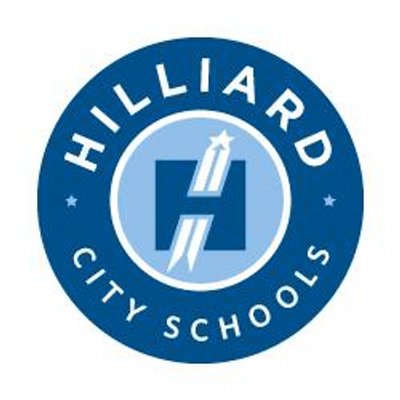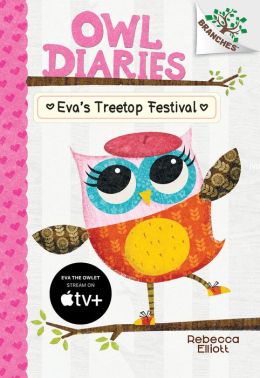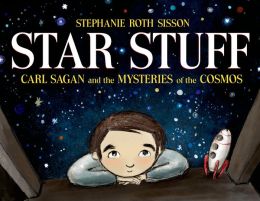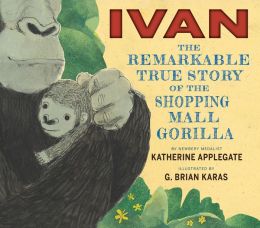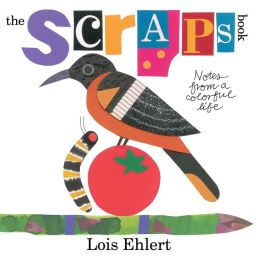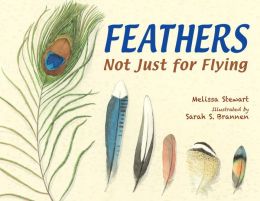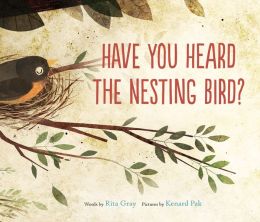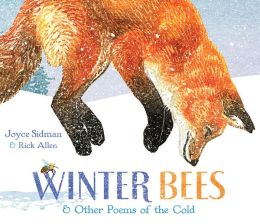 |
| via Dublin Literacy Conference |
Though all I could see was white, I was sure the road must be out there somewhere so I put on my boots, warmed up my car, and grabbed a blanket in case I got stuck (and a granola bar - priorities). I plowed out of my driveway in my tiny Nissan sedan, hoping I could make it. The roads hadn't seen a snowplow, but as long as I only needed one lane all was well. It was slow going, but finally I arrived at the conference to find many other
I'm so glad I ventured out for an amazing day of learning at #dublit15.
Despite the weather, we still managed to fill the Twitterverse with information (my apologies to friends who follow --- there were just so many things I wanted to share).
Of course, the eternal problem of the conference is being unable to clone myself so I can be in all of the sessions I would like to attend. Thankfully, Twitter helps with this as participants share their learning with the group. Despite the impending days of PARCC testing, I didn't hear a word about that. This day was focused on what we all know to be most important: children and learning.
My Takeaways: The Power of Connection
Close Reading Texts, Close Reading Lives with Chris Lehman: "Start with the things you believe about children first; the rest will come," Chris Lehman reminded us as he shared his thinking about close reading. Chris shared ways to create joy around reading and think deeply about text to connect readers to books, thinking, and each other. He suggested that we remember to support children across different kinds of texts and to help them see connections between texts as they grow in their ability to look closely at text. Considering evidence is important for readers, but he cautioned us to remember, "Use text evidence, not to prove or disprove, but to put a new lens on our thinking."
The 3 Cs of Co-Teaching: Collaboration, Communication, and Connecting with Stella Villalba, Emily Collins, Kay Leigh Michallow: As a teacher supporting readers in classrooms, this session was so helpful for me. I'm so thankful each day for the teachers of the students I serve as we work together to help students make progress. Teachers are already so busy, but yet they make the time to meet, talk, and share information about students. These three shared the ways they have made collaboration work to support the children in their classrooms. They talked about the three pieces they consider in working together: planning, instruction, and assessment. Their message was that this work required honesty and flexibility --- and that one size never fits all. They talked about how they are continually rethinking and puzzling out ways to meet the needs of learners. It's their connection that makes this work. It takes a village.
Teaching, Learning and Growing from the Heart with JoEllen McCarthy: When I heard JoEllen was coming to Dublin I was so excited. I've seen her present at NCTE before, and I'm not sure there is anyone with more energy and enthusiasm for picture books. She reminded us that "reading is caught not taught" and it is hard not to get swept into her genuine love of books (her #heartprint list). I'm sure she has caught a few readers in her time. As always, she shared titles new to me and sure to cost me a bit of money including Ten Rules of Being a Superhero, Breathe, and I Hate Picture Books. She reminded us of the significant role we play in connecting readers to books.
How (Not) to Win at Reading with Lisa Graff: I always enjoy hearing the stories of readers, and Lisa Graff's story was no exception. It was interesting to hear how she perceived readers and equated reading with being smart when she was in school. It wasn't until she was able to find her own books and get lost in a series of her choosing that she really was hooked. She told the story of watching a friend "fall out of love with reading" which just made me sad. I think we have to be careful as teachers to not ever cause that to happen. Reading is a delicate dance, much like shaping a bonsai tree or sculpting a piece of clay. There isn't a right or wrong, just gentle movements to continue to make it beautiful. Lisa had a way with words, and I laughed more than once over her perceptions of other readers. Lisa reminded us that in order to be a reader there has to be a book you connect with in your life, a book that surely was written just for you.
Triangulating Stories of Our Readers with Clare Landrigan and Tammy Mulligan: Tammy and Clare talked about the current amount of data we collect, and cautioned us to remember to find the story of the reader. Stories can get lost in numbers and we often need more information to really understand a learner. What's the story? They shared that decisions should be made based upon multiple pieces of information and that assessment should always lead us to more questions instead of definitive answers. They encouraged us to ask questions about the assessments we use, the information we receive from them (and the information we do not receive), and the timing of these assessments. They encouraged us to look at multiple pieces of information and develop stories of learners. Stories should always connect us to the learner and help us to dig deeper.
Connecting with Educators: This wasn't a session, but it was really how the entire day (weekend) went. It was connections formed across conversations, on Twitter, through blogs, and at other conferences that continued as we were together; connections with those close and those far away. The connections strengthen the work we do. I'm so grateful for all that educators share and the way they continually push my thinking. The buzz beyond the sessions was equally as thought provoking. In the coming days, I'll be considering the changes I'll make as a result of all of this new learning, but most of all I will continue to connect with other learners to grow in what I do.



